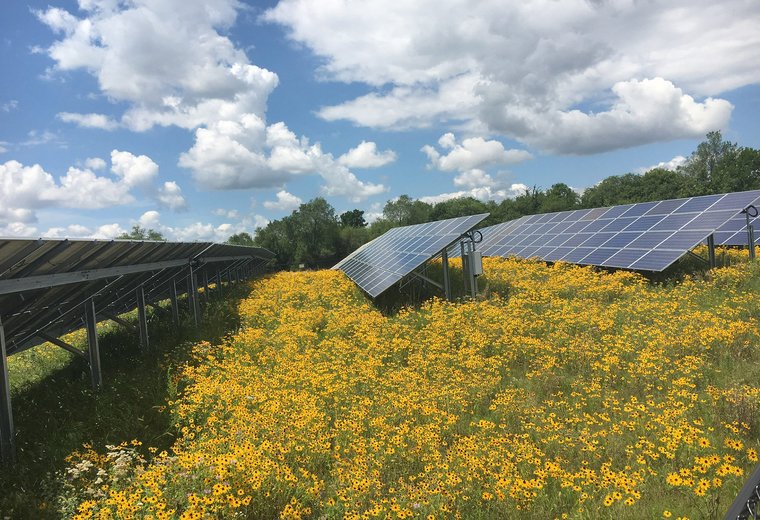The Massachusetts Department of Energy Resources (DOER) has proposed changes to the eligibility of Agricultural Solar Tariff Generation Units in the SMART Program, specifically redefining the eligibility for Category 2 and 3 lands.
For those who aren’t familiar with solar project land use guidelines and their corresponding tariffs because they spend their free time looking at literally anything else, land is divided into three categories:
- Category 1 is land cited for commercial and industrial development that has been previously developed.
- Category 2 is land cited for commercial and industrial development that has not been previously developed.
- Category 3 is land not cited for commercial and industrial development that has also not been previously developed, commonly referred to in other areas as ‘prime farmland.’
The reason for the categorization, under DOER’s own words: “The SMART program was designed to create a diversity of project types and to steer development away from large scale ground mounted projects in undeveloped spaces.”
To steer development towards Category 1 sites, certain premiums and penalties have been recommended, in addition to the base compensation that projects developed under the smart program are set to receive.
Category 1 projects are subdivided into rooftop, brownfield, landfill, parking lot canopy, dual usage agriculture, solar zoned, previously developed, and small ground mounted (<=500 kW).
On top of incentives for certain types of Category 1 development such as rooftop and brownfield installations, there are penalties to dissuade Category 2 and 3 development. Category 3 projects are subject to a 0.1¢/acre subtraction from per-kilowatt hour (kWh) rates from their base SMART compensation, while Category 2 projects are subject to a 0.05¢/acre/kWh subtraction.
The recommended amendments would provide more specificity as to how a project is classified as Category 3. Previously, Category 3 contained the caveat that “Solar Tariff Generation Units not otherwise designated Category 1 or Category 2 that are ground-mounted with a capacity greater than 500 kW and less than or equal to 5,000 kW shall be designated as Category 3 Land Use.”
The ground-mount and capacity requirements have now been removed, so, basically, if your project doesn’t fall under the Category 1 or Category 2 guidelines, you’re looking at a Category 3 project and the highest tariff possible.
This proposed change may have been inspired by the push-back that large-scale solar projects are getting in some parts of the state, such as in the town of Athol where there is currently a moratorium on large-scale solar projects, strongly backed by residents.
This content is protected by copyright and may not be reused. If you want to cooperate with us and would like to reuse some of our content, please contact: editors@pv-magazine.com.









And if DOER keeps this up, they are going to make it impossible to meet future electrical energy needs of Massachusetts with zero Carbon sources.
If they do that, then the only answer will be to build more combined gas generation and build more natural gas pipelines.
Do you really want to go there?